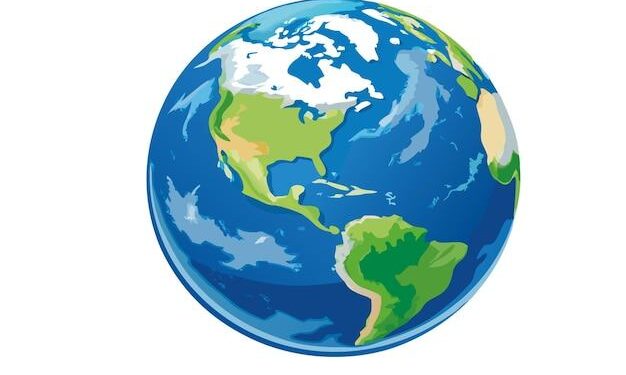In a groundbreaking discovery that sheds new light on the escalating methane levels threatening our atmosphere, scientists have identified a previously unknown factor driving the recent surge in Earth’s methane emissions. This revelation, reported by ScienceDaily, could transform our understanding of greenhouse gas dynamics and inform future climate mitigation strategies. As methane continues to play a critical role in global warming, uncovering hidden sources is crucial for addressing the accelerating climate crisis.
Scientists Uncover Previously Overlooked Source Driving Methane Increase
New research conducted by an international team of scientists has identified a significant yet previously underestimated contributor to the recent surge in atmospheric methane levels. While traditional sources such as wetlands, livestock, and fossil fuel emissions have long been monitored, this study highlights the rising impact of thawing permafrost regions, revealing that microbial activity beneath the melting soil layers emits sizable amounts of methane previously unaccounted for. This discovery reshapes our understanding of methane dynamics and underscores the complexities involved in forecasting future climate scenarios.
Key findings from the research include:
- Accelerated microbial methanogenesis: Thawing permafrost creates ideal conditions for methane-producing microbes.
- Seasonal emission spikes: Methane releases are particularly pronounced during early spring thaw periods.
- Geographic hotspots: Some Arctic regions contribute disproportionately to global methane flux due to soil composition and temperature fluctuations.
| Factor | Estimated Annual Methane Emission (Tg/year) | Trend |
|---|---|---|
| Thawing Permafrost | 15 | Increasing |
| Wetlands | 130 | Stable |
| Fossil Fuels | 70 | Increasing |
| Livestock | 60 | Stable |
Detailed Analysis Reveals Impact of Hidden Methane Emissions on Climate Models
New breakthroughs in atmospheric research have uncovered previously undetected sources of methane emissions, fundamentally challenging existing climate models. By utilizing advanced remote sensing technologies and refined data analysis techniques, scientists have identified several key contributors to the methane surge that were historically underestimated or overlooked. These hidden factors include:
- Subsurface wetlands releasing methane during unexpected thaw cycles.
- Leaking natural gas infrastructure in remote, poorly monitored regions.
- Microbial activity in agricultural soils influenced by recent climate shifts.
Incorporating these elements into climate projections leads to a marked increase in predicted warming scenarios. The revised models underscore the urgency for enhanced methane monitoring and mitigation strategies worldwide. Below is a comparison highlighting the impact of hidden methane emissions on estimated global temperature rise by 2050:
| Model | Temperature Rise (°C) | Included Hidden Emissions |
|---|---|---|
| Standard Model | 2.1 | No |
| Enhanced Model | 2.7 | Yes |
Experts Recommend Enhanced Monitoring and Targeted Mitigation Strategies to Curb Methane Surge
In light of the newly identified contributor to the rapid increase in atmospheric methane, specialists emphasize the urgent need for more sophisticated monitoring systems. Deploying advanced satellite technologies, coupled with ground-based sensors, experts argue, will provide critical, real-time data to track methane emissions with unprecedented accuracy. This approach allows for pinpointing emission sources that were previously undetectable, enabling faster and more informed responses to mitigate environmental impact.
Targeted mitigation efforts are also being advocated as essential measures. These strategies prioritize interventions in high-emission sectors such as:
- Oil and gas production and distribution
- Waste management facilities
- Agricultural livestock and rice paddies
Experts suggest that adopting industry-specific solutions could dramatically decelerate methane’s contribution to global warming. The following table outlines potential mitigation techniques and their impact estimates:
| Sector | Mitigation Method | Estimated Reduction (%) |
|---|---|---|
| Oil & Gas | Leak Detection & Repair (LDAR) | 30-50% |
| Waste Management | Landfill Gas Capture | 40-60% |
| Agriculture | Dietary Additives for Livestock | 20-30% |
In Conclusion
As researchers continue to unravel the complexities of Earth’s methane emissions, this newfound factor adds a critical piece to the climate puzzle. Understanding the drivers behind methane surges not only enhances scientific knowledge but also informs policy decisions aimed at mitigating greenhouse gas impacts. With methane playing a significant role in global warming, ongoing studies like this underscore the urgency of closely monitoring and addressing hidden contributors to our planet’s changing atmosphere.































